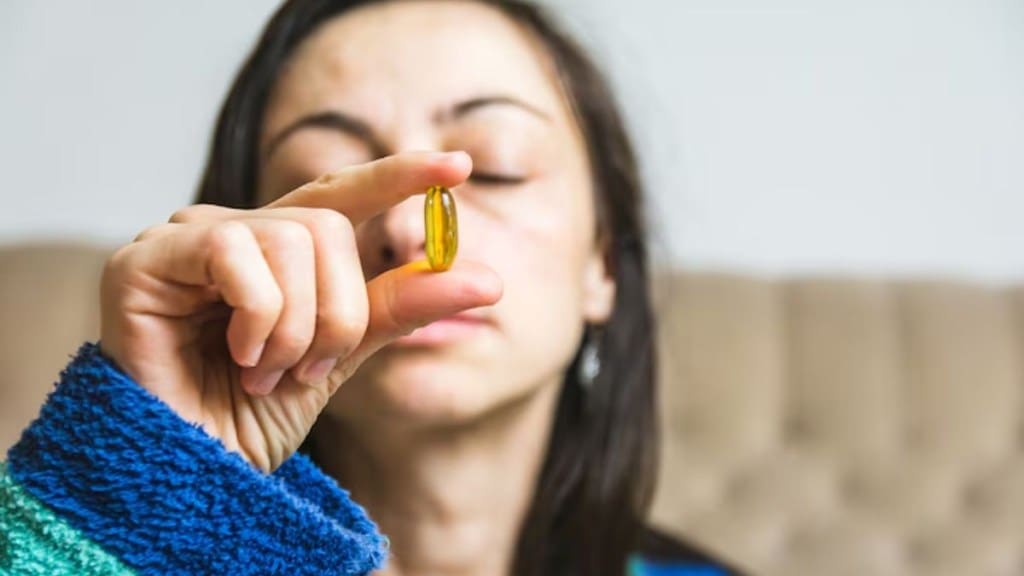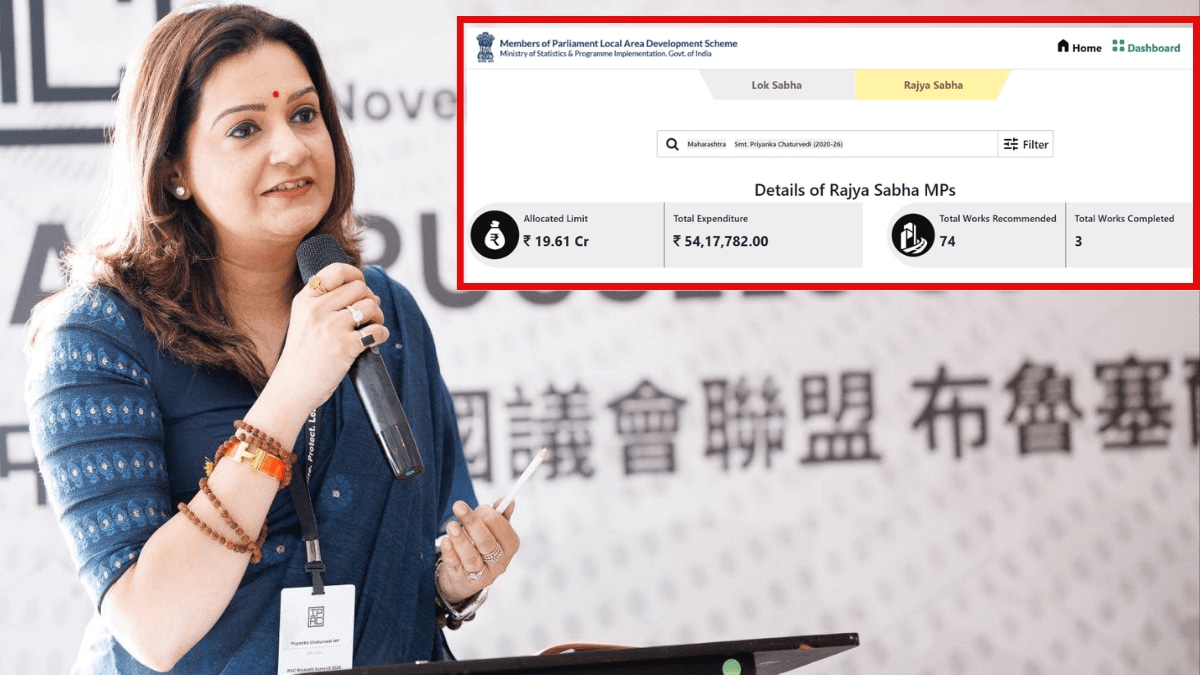North India, especially Delhi-NCR, is currently grappling with a brutal heatwave. Temperatures have shot up to 45°C, with the India Meteorological Department (IMD) warning that the heat won’t ease anytime soon. Places like Noida, Gurugram, and Faridabad are also sweating it out under severe heat alerts. You’d think with this much sun, people would be getting plenty of vitamin D, right?
Surprisingly, the opposite is true. Amid the heatwave, most North Indians are vitamin D deficient.
A recent 2024 meta-analysis by the Indian Council for Research on International Economic Relations (ICRIER) found that one in five Indians has dangerously low vitamin D levels—and North India is no exception.
Nearly 78 per cent of Delhi’s population had insufficient vitamin D levels—even during the summer months, according to a 2020 study published in the Indian Journal of Endocrinology and Metabolism. This shows that despite the scorching heat, extreme temperatures, and lack of consistent, direct sun exposure, aren’t translating into healthier vitamin D levels.
Other cities show similar worrying trends:
Despite receiving abundant sunlight throughout the year, cities like Chandigarh have over 75 per cent vitamin D deficiency, Lucknow around 70 per cent, Jaipur 66 per cent, Surat nearly 68 per cent, and Nagpur about 60 per cent. Experts attribute this deficiency to factors like limited direct sun exposure, poor dietary intake, and indoor lifestyles, especially among office workers, students, and the elderly. While many residents seek refuge indoors to avoid sunburns, dehydration, and skin infections, health experts warn that excessive time indoors may be contributing to a lesser-known but serious issue—Vitamin D deficiency.
Who is the worst affected?
Experts say UV-B rays, which help produce vitamin D in the skin, are often blocked due to poor air quality, especially in Delhi-NCR.
Further, the reluctance to go out in the heat, the habit of wearing full-sleeved clothes, and the heavy use of sunscreen, and it’s easy to see why even summer doesn’t guarantee adequate vitamin D.
Despite the heat, the way we live in urban India has cut us off from our primary vitamin D source—sunlight.
Why are Indians deficient in Vitamin D – Even in summer?
Vitamin D, often called the “sunshine vitamin,” is made when your skin is exposed to UV-B rays from the sun. It’s crucial for strong bones and overall health. But many North Indians, especially in urban areas, just aren’t getting enough—here’s why:
- People avoid going outdoors during peak heat hours, to escape sunburn and dehydration
- Air pollution in cities like Delhi blocks UV-B rays, reducing vitamin D production
- High-rise buildings and narrow streets limit direct sunlight reaching the ground
- Cultural habits like wearing full-sleeve clothes and using sunscreen further block skin exposure
- Many people spend long hours working indoors in offices or homes with little sunlight
Why does Vitamin D matter?
Vitamin D plays a crucial role in helping the body absorb calcium from food. This is essential for developing and maintaining strong bones. In children, severe deficiency can lead to rickets, while in adults, it causes osteomalacia, or soft bones, often accompanied by pain. In older adults, it increases the risk of osteoporosis, fractures, and mobility issues.
However, the importance of vitamin D goes far beyond bone health. Studies suggest potential links between vitamin D levels and immune function, mood disorders, type 2 diabetes, heart disease, and certain cancers.
The ideal time and duration for sun exposure
Sunlight is one of the most natural and effective ways to get vitamin D. According to a study published in the Indian Journal of Medical Research (2021), exposing the skin to sunlight for about 15–30 minutes between 10 am and 3 pm, at least 3 times a week, can help maintain healthy vitamin D levels. The study further explains that at least 18 per cent of the body surface (such as arms, legs, and face) should be exposed without sunscreen during this time to get sufficient vitamin D.
What can you do to increase Vitamin D levels?
To improve vitamin D levels safely, experts recommend the following:
- Get 15–20 minutes of direct sunlight exposure on arms and legs 2–3 times a week, ideally between 10 am and 12 noon.
- Avoid peak heat hours, but also avoid early morning or late evening, when UVB rays are low.
- Eat vitamin D-rich foods, including fortified milk, mushrooms, egg yolks, and oily fish.
- For those at higher risk, such as the elderly or people with chronic illness, consider vitamin D supplements after consulting a doctor.
- Get tested if you experience unexplained fatigue, bone pain, or frequent illness.
Vitamin D deficiency is no longer a seasonal issue—it’s a year-round health concern in India, including during the peak summer months. While sunlight is abundant, modern lifestyles are blocking its benefits.







